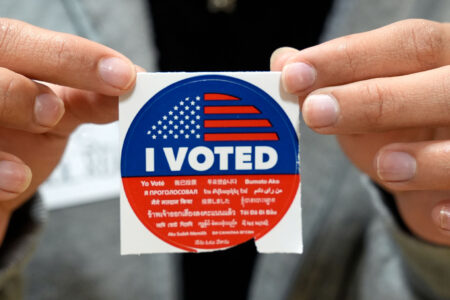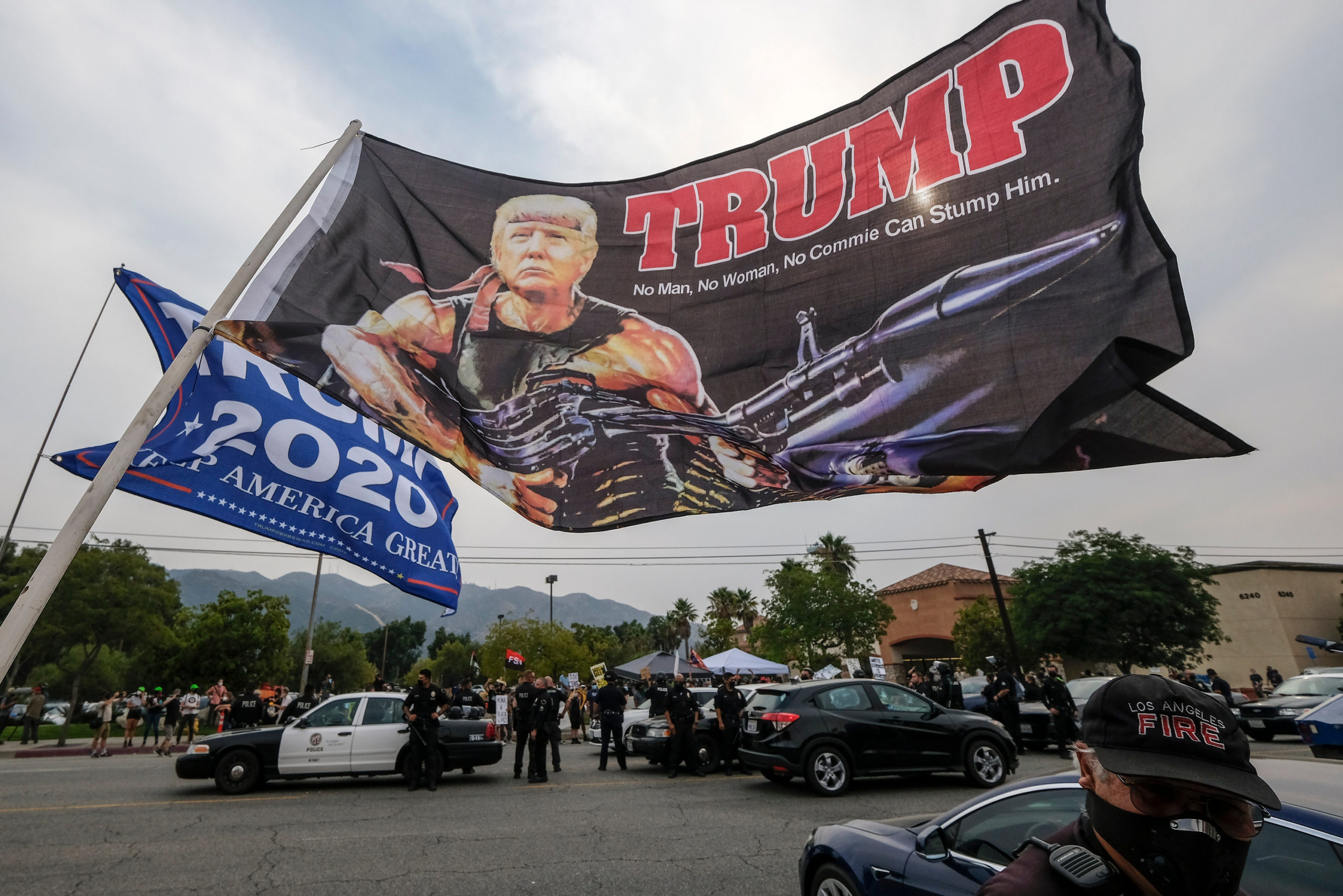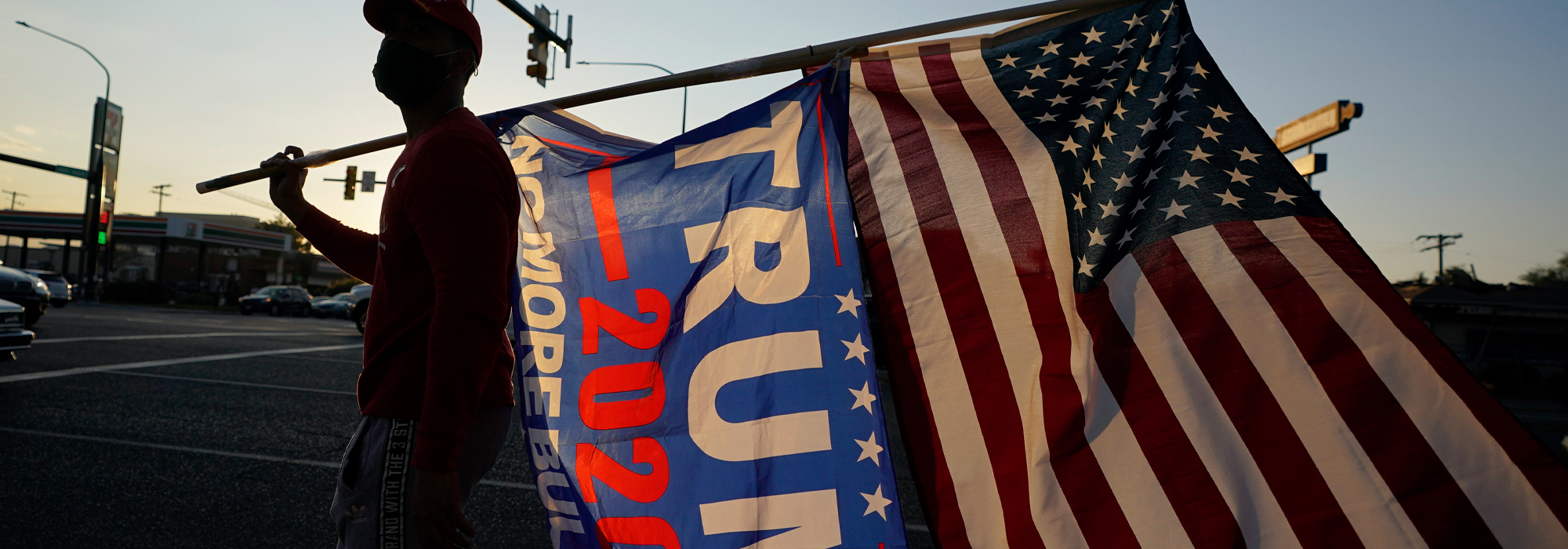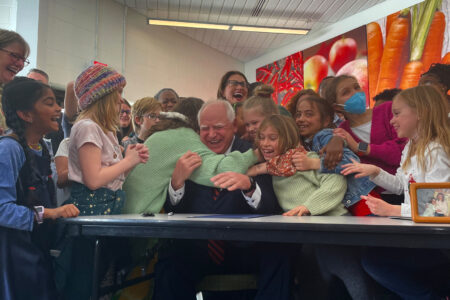
It didn’t take long after polls began to close in the United States on Nov. 3rd for hopes of a Blue Wave to crash against reality. President Trump was doing better than predicted, even as challenger Joe Biden accumulated more votes than any presidential hopeful in American history. Nonetheless, by Thursday, as Donald Trump tried desperately, and without good legal reason, to stop ballots from being counted in states where he held a lead, the president’s path to re-election had all but disappeared and Biden stood poised to win.
Even if Biden wins, and it seems he will, the question remains: How did Trump manage to do so well?
In the weeks, months, and years to come, observers and researchers will dig into the question of Trump’s success. Despite four years of norm-breaking, climate-crisis temporizing, assaults on refugees and immigrants, violence against Black and other racialized Americans, foolish trade wars, and more – topped by a deadly, botched coronavirus response – Trump’s vote count was up in 2020 by over 5 million compared to his 2016 showing. The president picked up support among white women (who voted for him over Biden by +12 points) and Latino voters as well as the LGBTQ+ community, according to exit polling conducted by Edison Research for the news organization consortium National Election Pool – which accounted for early voting and mail-in ballots. Whatever else these numbers tell us, they are a reminder that people are not homogenous – they are diverse, changeable, sometimes unpredictable, and driven by a variety of interests and concerns. And when you map those uncertainties on to the particularities of the states, even counties, that make up the United States, you get a complicated picture of a complex country.
When you add class and education to the mix, things get even more complicated in some ways, but simpler in others. For instance, college graduates broke Biden’s way on balance, but far more among racialized folks (71-27 Biden over Trump) than white voters (49-49). Those who made $100,000 or more broke for Trump 54 to 43, and those who cite their family’s financial situation as “better today” than four years ago overwhelmingly voted Trump – 72 to 25.
Voters have class and economic interests and they tend to protect them. That should not be news, but it is a point often lost in election coverage and breakdowns of the aftermath. A central part of understanding political behaviour – and elections – is understanding economic interests and class solidarity. But the economic and class lenses tell only part of the story.
Beyond but related to class and interests, partisan identity is a central component and predictor of political behaviour. The United States is divided largely, though not wholly, along partisan identity lines. As political scientists Christopher Achen and Larry Bartels argued in their 2016 book Democracy for Realists, “social identities and partisan loyalties” are more important than issues in determining vote choice. Voters will warp their policy views to fit their preferred candidate or party rather than choose a candidate or party based on their performance and platform. The typical analogy here is that elections are more like a football game than a debate. Instead of weighing positions and evaluating the strengths and weaknesses of a party, people pick a side, cheer for them, and hang on to the bitter end – sometimes even blaming the referees for a poor result. As I argued in my book, Too Dumb for Democracy?, that does not have to be how we do politics. But it often is.
Partisan identity is persistent, and its predictive powers were on display in the 2020 American vote. Looking once more at the exit polls, we see that 95 percent of 2016 Clinton voters supported Biden in 2020, while only four percent defected; for Trump and Republicans, 92 percent of voters returned for the president while eight percent voted for someone else. Together, those groups make up 84 percent of the electorate.

What is telling about the 2020 shift from 2016 is the arrival of new voters. It looks like the 2020 election will set records, perhaps reaching 66 percent of eligible voters, and becoming the highest-turnout contest since 1960. Of those new voters, roughly 11 percent of the total turnout, Biden won 61 percent of them compared with Trump’s 37 percent (the others voted for someone else). Those numbers suggest that Democrats were able to mobilize voters. Whether they could have managed to get even more folks to the polls for their side, say, for instance, by backing Medicare for All, which is wildly popular, is an open question.
There are other factors that shape vote choice and behaviour in the United States, too. Racism, misogyny, xenophobia, anti-socialist and anti-communist attitudes mobilized by Trump against his centrist opponents, and so forth, are critical elements of the Republican base and strategy. These attitudes are often part and parcel of partisan identity politics, primarily on the Republican side, and they were again in 2020. Expect significant coverage of these considerations once more, just like in the aftermath of 2016.
After each election, there’s a tendency to want to know what it was “about” and to answer the question “Why did X win (or lose)?” A better way to frame the question of who wins and loses and why is to ask “What were the factors that contributed to the outcome, how important was each, and when/in what way/and by how much do they overlap?” Of course, that’s a much more complicated question. It takes longer to investigate and longer to answer, and sometimes answers remain unclear, denying us the immediate gratification and certainty we often seek.
The 2020 US election will be better understood in the fullness of time. We are left with partial answers and hypotheses, including those offered here, that will be investigated, tested, amended, disproven, or confirmed, in the cooler light of calm reflection. Same as it ever was.









